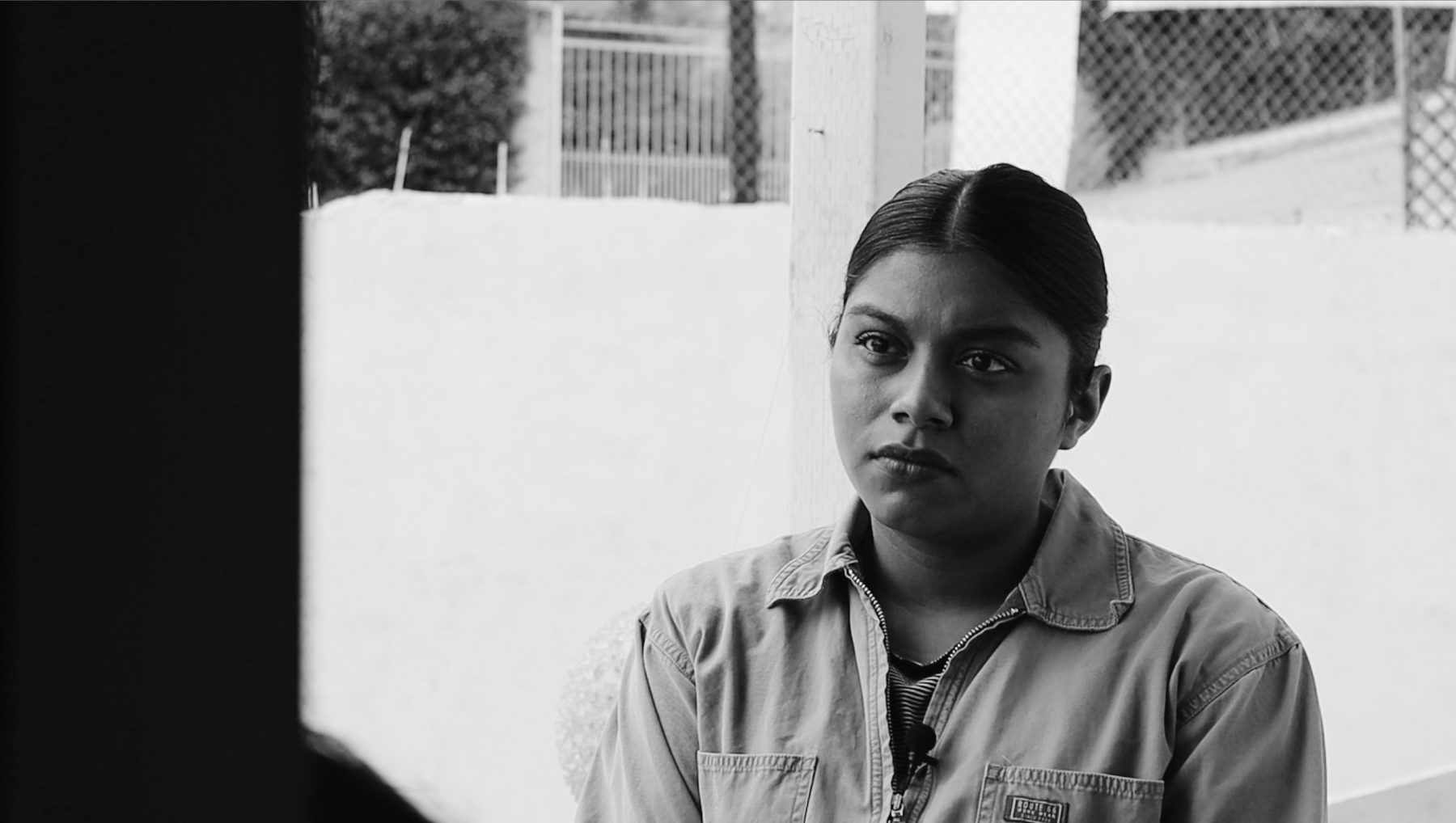
NBCU Academy’s “Head of the Class” highlights original reporting and video from Academic Partner student journalists. Students, teachers and mentors from our Academic Partners are encouraged to send stories to [email protected].
“Sesenta dólares por un tanque de gas?! Se pasan!” I declared from the podium of our student broadcast of “Lo que esta trending.”
The classroom filled with laughter. My frustration with gasoline prices rising to $60 a tank resonated with my bilingual classmates, many of whom grew up in Spanish-speaking homes and low-income communities.
Moments like these — my classmates and I having a laugh about our immigrant households — were common in Al Día, the only news course taught and broadcasted in Spanish at California State University at Fullerton, a Hispanic-Serving Institution. Al Día gave students interested in bilingual journalism a space to bring a piece of home into our college classroom. Being in a learning environment where my cultural nuances were understood without having to explain myself was empowering as a brown woman.
However, today, Al Día is no longer a registered course at the university; it is once again a club. Al Día’s professor, Jesus Ayala, the only Latino professor in the journalism department, said he left this fall after a disagreement over tenure. The school administration gave no comment when I asked, as a reporter writing this story, about the continuation of the class. Many bilingual students, in turn, say they cannot help but feel a void.
“Being able to use your language, being able to embrace who you are and seeing yourself amongst your peers” is one of the greatest benefits of bilingual journalism courses, said my Al Día classmate Alan Ruelas.
Bilingual courses make Spanish speakers feel like they belong at universities
Ruelas, like many first-generation students, feels that language is tied to identity. When put in English-speaking environments, Latinx students can feel inhibited from tapping into who they are and the language they often use at home.

Ayala, now an assistant professor at Cal State Long Beach, says Latino faculty members provide bilingual journalism students something that non-Hispanic professors can’t offer — “cultural competency.”
Cultural competency means understanding and respecting the diverse needs of others based on their race, ethnicity and culture. Ayala believes that creating a curated academic environment for students of color is a factor in their achieving scholastic success.
According to 2018 data from the National Center for Education Statistics, Latinx teachers and students had the largest representation gap compared to other racial groups at K-12 schools — more than 27% of students were Latinx, while Latinx teachers only represented 9% of teachers in the United States.
A study by the Urban Institute found that Latinx students are more likely to do better academically when they have a Hispanic teacher because “students internalize their expectations” when they are surrounded by peers and a teacher who looks like them. In this environment, students want to do well and will look to build relationships with their teachers.
Ayala says subject matter also affects student engagement and performance. For example, while at Cal State Fullerton, he introduced a U.S.-Mexico border reporting course, weaving in history and ethnic studies to teach how to report on complex issues of local and national importance.
His class last semester, according to student Jacqueline Cedillo, had mostly Latino students, many of them Spanish-speaking. Students used their bilingual skills and knowledge about U.S. involvement in Latin American countries to interview and report on victims of trauma, most of whom were Latin American migrants.
Challenging and bilingual reporting such as this is usually only offered in prestigious journalism programs. That Cal State Fullerton is an affordable college serving a large Spanish-speaking community is what made Al Día so special.
There’s a growing market for bilingual journalists
Bilingual journalism programs are growing at universities, but not fast enough. Florida International University, another affordable public university, is one of the few colleges that offer journalism courses fully in Spanish.
Alejandro Alvarado, director of FIU’s Spanish-language journalism master’s program, says the news industry needs more Latinos because Latin American issues closely affect American politics, from immigration to the economy to human rights. His department’s courses, such as multimedia production and seminars on Central American politics, allow students “to go deep into the analysis of the issues that affect Latinos around the world.”
Like Ayala, Alvarado believes that to report on the Latino community, journalists must understand the culture. They must also understand that being Latino is not monolithic — there are numerous ethnicities, dialects and immigration statuses that fall under the Latino identity.
This diverse Latinx population will also only continue to grow. According to professor Richard Durán of the University of California at Santa Barbara, Latinx people are expected to make up nearly 30% of the U.S. population by 2060. This increase creates a need for a news media that focuses on issues that influence Latinx people’s lives and communities.
My family, friends and community are these people looking to be informed about the news that impacts them and reflects their interests. Before my Mexican parents arrived in the U.S., they lived in extreme poverty and had only received an elementary-school education. Growing up, I had no journalism role models that looked like me, and no industry connections. My working-class parents did their best by saying, “echale ganas, mija,” or “try your best, my daughter. ”Despite not being able to offer me networking skills or academic insight, they gave me my biggest advantage: raising me in a Spanish-speaking household so I can report on and for my community.
Newsrooms should not be filled with journalists from prestigious schools and socioeconomic backgrounds whose families go back generations in America. Latinx journalists from low-income immigrant backgrounds should have a voice, too. And bilingual journalism classes are where they can learn their voice matters.
“The diversity problem,” Ayala says, “doesn’t begin in the newsroom — it begins in the college newsroom.”



